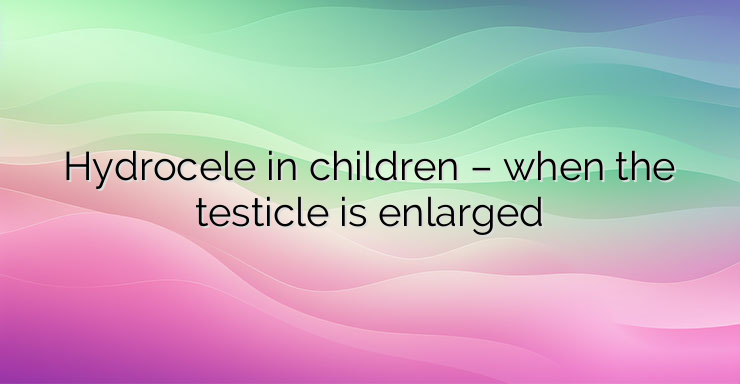Hey there! Ever heard of a hydrocele? It’s when fluid builds up between the membranes of the testicle or along the spermatic cord. Usually, it makes one or both testicles look bigger, but it’s not typically painful, just uncomfortable. While it’s more common in newborns, it can happen to adults too.
So, why does it happen? Well, during development in the womb, the testicles start out in the belly. As they move down into the scrotum around birth, sometimes the connection between the belly and the testicles stays open, leading to fluid buildup and a hydrocele. It’s pretty common in babies, sometimes even linked with an inguinal hernia. In adults, it might be due to injury or past scrotal surgery. Infections or inflammations involving the testicles can also trigger it.
There’s another type of hydrocele that affects the spermatic cord, which is made up of various bits like vas deferens, veins, and muscle. This one’s located a bit higher and usually clears up within the first few months after birth.
Symptoms? Well, usually there aren’t many. You might notice swelling or enlargement of the scrotum. In some cases, there could be pain, redness, or a feeling of pressure around the testicles.
Diagnosis is often done by checking out the scrotum. Doctors might shine a light through each testicle to see if there are any solid lumps, which could indicate something else going on. Ultrasound is another method, giving a clear picture without any invasion.
Now, onto treatment. Most of the time, a hydrocele isn’t a big deal and doesn’t need treatment unless it’s causing pain or discomfort. If it’s shrinking or staying the same size, the body might just absorb the fluid and sort itself out, especially in kids. But if it needs a bit of help, a doctor might drain the fluid with a needle. Surgery could be an option if it keeps coming back.
Complications? Usually not a big worry, especially if it’s just a hydrocele on its own. After surgery, it’s unlikely to come back, though in some cases of really large hydroceles, there might be a recurrence. But hey, fertility stays unaffected, so that’s good news!


Leave a Reply